Species Photo Gallery for Chlorotettix necopinus No Common Name 20 |
 | Photo by: Erich Hofmann, David George, Rich Teper, Jeff Niznik
New Hanover Co.
Comment: |  | Photo by: Bo Sullivan
Craven Co.
Comment: male |
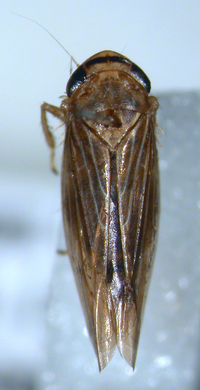 | Photo by: Bo Sullivan
Craven Co.
Comment: male |  | Photo by: Bo Sullivan
Craven Co.
Comment: male |
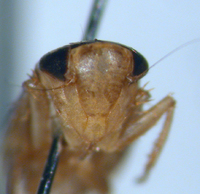 | Photo by: Bo Sullivan
Craven Co.
Comment: male |  | Photo by: Mark Shields
Onslow Co.
Comment: |
 | Photo by: Mark Shields
Onslow Co.
Comment: | 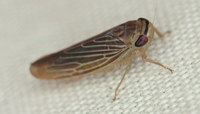 | Photo by: T. DeSantis
Durham Co.
Comment: ENRI |
 | Photo by: R Emmitt
Orange Co.
Comment: hanging by lights on a piece of pine lumber. | 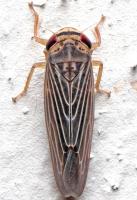 | Photo by: Ken Childs
Out Of State Co.
Comment: |
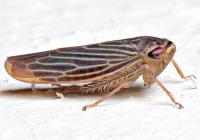 | Photo by: Ken Childs
Out Of State Co.
Comment: | 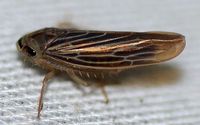 | Photo by: Paul Scharf
Warren Co.
Comment: Attracted to UV Light |
 | Photo by: Kyle Kittelberger, Brian Bockhahn, Paul Scharf
Wake Co.
Comment: mixed hardwood forest habitat | 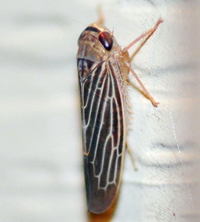 | Photo by: Kyle Kittelberger, Brian Bockhahn, Paul Scharf
Wake Co.
Comment: mixed hardwood forest habitat |
 | Photo by: Ken Childs
Out Of State Co.
Comment: | 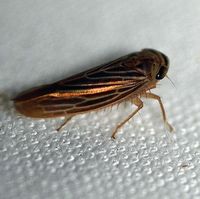 | Photo by: Paul Scharf
Warren Co.
Comment: Caught Sweeping |
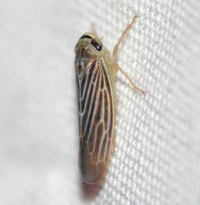 | Photo by: Kyle Kittelberger, Brian Bockhahn, Paul Scharf, Patrick Coin
Halifax Co.
Comment: grassy area and mixed hardwood forest edge near pine forest | 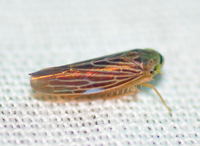 | Photo by: Kyle Kittelberger, Brian Bockhahn, Paul Scharf, Patrick Coin
Halifax Co.
Comment: grassy area and mixed hardwood forest edge near pine forest |
 | Photo by: Paul Scharf
Warren Co.
Comment: Caught sweeping | 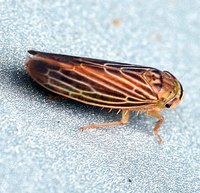 | Photo by: Paul Scharf
Warren Co.
Comment: Caught sweeping |
|

 »
»
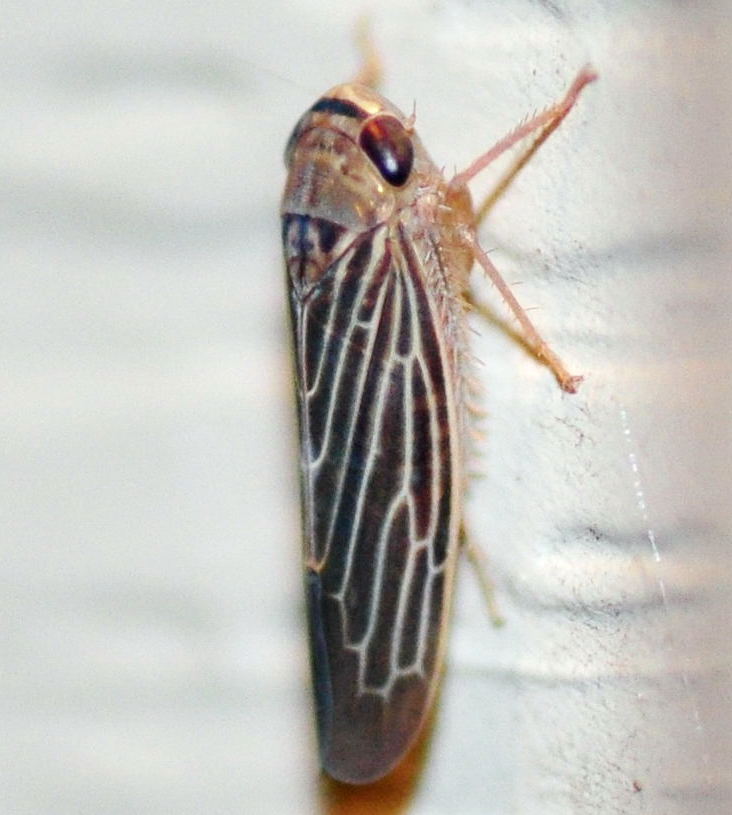



 »
»


